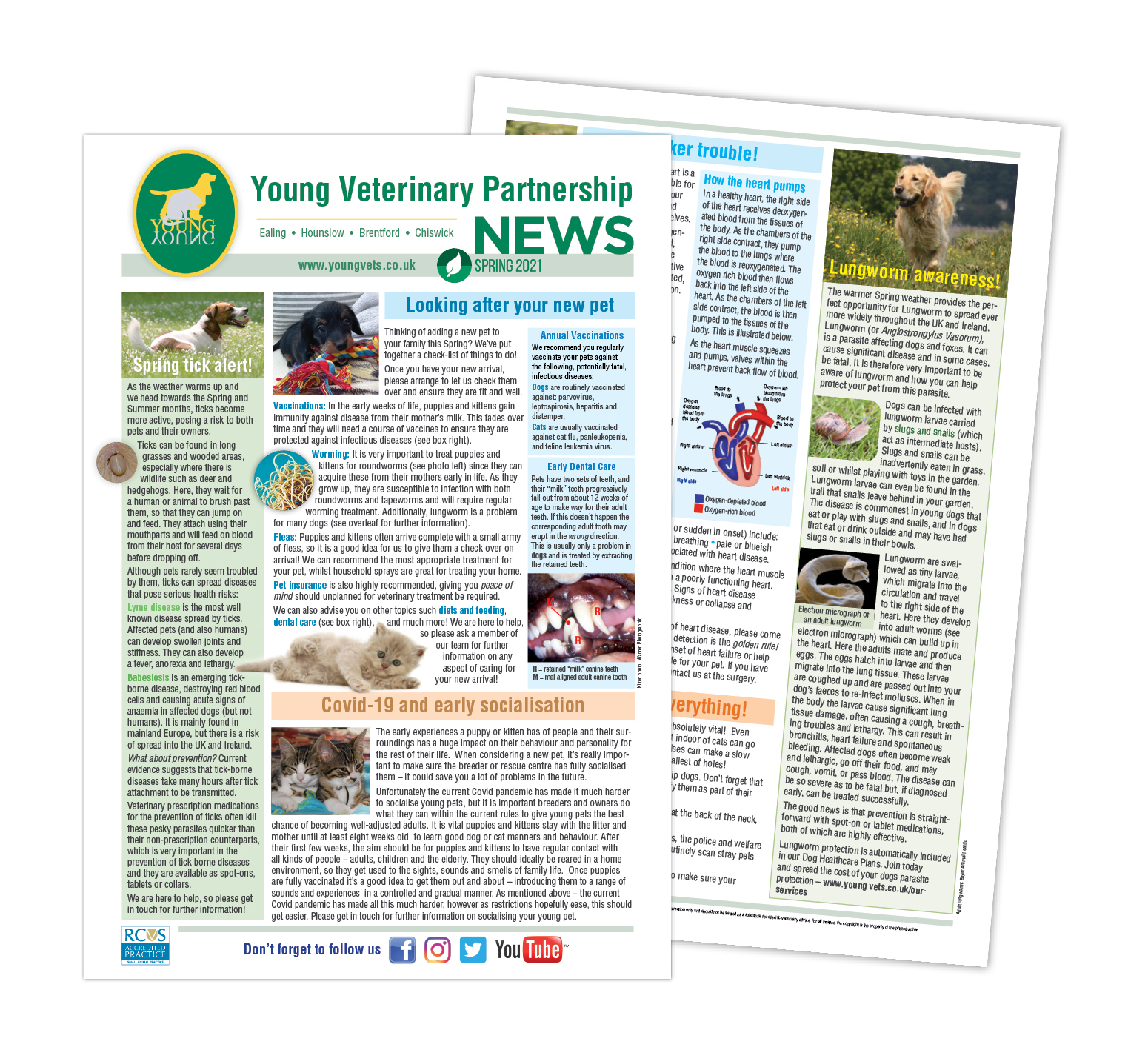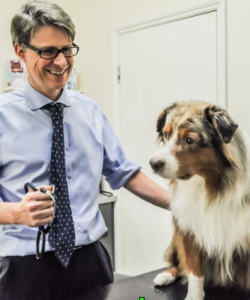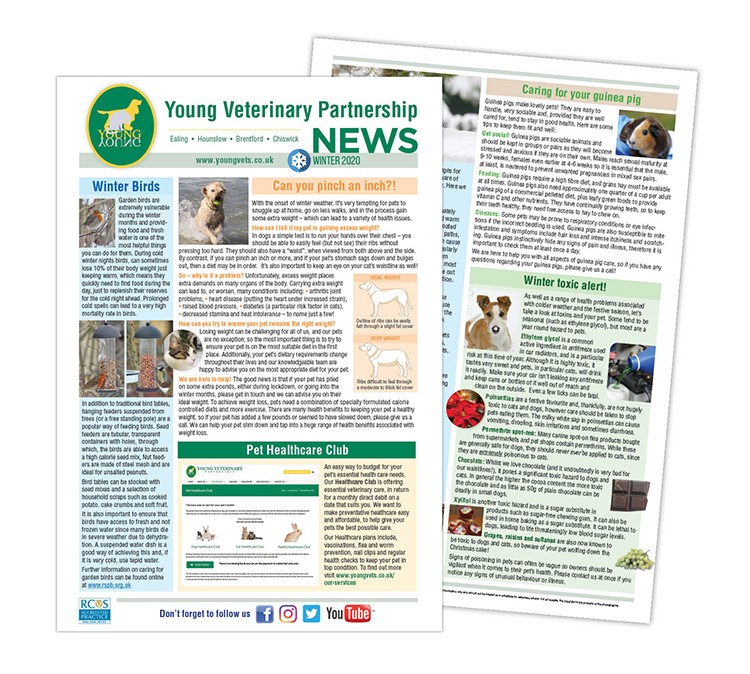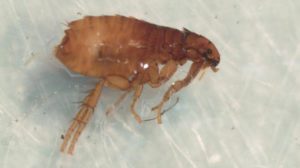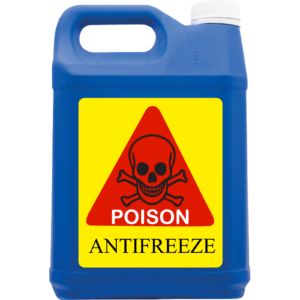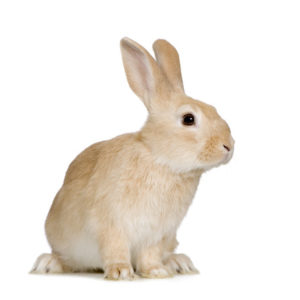What are the signs of arthritis in dogs?
How common is arthritis?
Arthritis in dogs is very common, exact figures vary but it has been estimated to affect up to 20% of dogs over 1 year of age. There are an estimated 9 million pet dogs in the UK1 so this means a significant proportion of our pets could be affected with arthritis which can substantially affect their quality of life. Arthritis is a painful disease of the joints which is progressive in nature; it cannot be cured but it can be managed to ensure dogs can continue to have a good quality of life. It is also worth bearing in mind that some of the symptoms of arthritis can be subtle or maybe simply attributed to increasing age and therefore go unrecognised, so it’s very possible that the true prevalence of this disease may be higher. All ages, breeds and sizes of dogs can be affected, it is not just a disease of older and bigger dogs. However, whilst this disease can affect all dogs, there are some breeds in particular who are predisposed to developmental joint disease and consequently arthritis; common examples would be the Labrador retriever and hip dysplasia or the English Springer spaniel and elbow dysplasia.
What are the signs to look for?
Our dogs may not be able to communicate to us in words, but there are many signs that you can look for that could indicate that your dog is one of those affected:
- Trouble walking or running; if your dog appears to be limping or even just moving more slowly than normal, this is an indication all is not as it should be. You may notice that your dog appears stiffer when first getting up in the morning but appears to improve throughout the day; this is typical of early OA and is important to be aware of.
- Reluctance to play/interact with the family as normal; every dog is different and some are certainly more playful than others but if you have noticed a change in their activity it can signal something is causing them a problem.
- Restless at night; painful joints mean finding a comfortable sleeping position is more tricky and you may notice your dog seeming unable to settle as before.
- Difficulty with stairs or jumping onto the sofa or into the car; jumping or ascending/descending stairs puts increased pressure on joints and can highlight signs of joint disease.
- Licking repeatedly over joints; persistent licking of skin can signal many different issues but if your dog appears to be licking over joints this can indicate that the joint is painful.
- Change in behaviour; if your dog appears quieter or even more grumpy than normal, this can be a sign of pain or ill health.

What should I do if I suspect my dog has arthritis?
If you spot one or more of these symptoms, a visit to your vet would be recommended so a full clinical examination can be carried out. Though arthritis cannot be cured, there are now many treatment and management options that can help to manage the pain slow the progression of the disease and improve overall quality of life for your dog.
Our Ealing surgery is open and available for you and your pet. Our telephones provide our clients with veterinary advice 24 hours a day, 365 days a year. We have been providing a caring service for pets from all over West London for over 50 year and have a wide range of facilities to help you care for your pet. Not yet a client? Register here, and visit a vet who is passionate about your pet.
Blog written by Jayne Clark MRCVS, provided by dogdialog on behalf of Zoetis.



